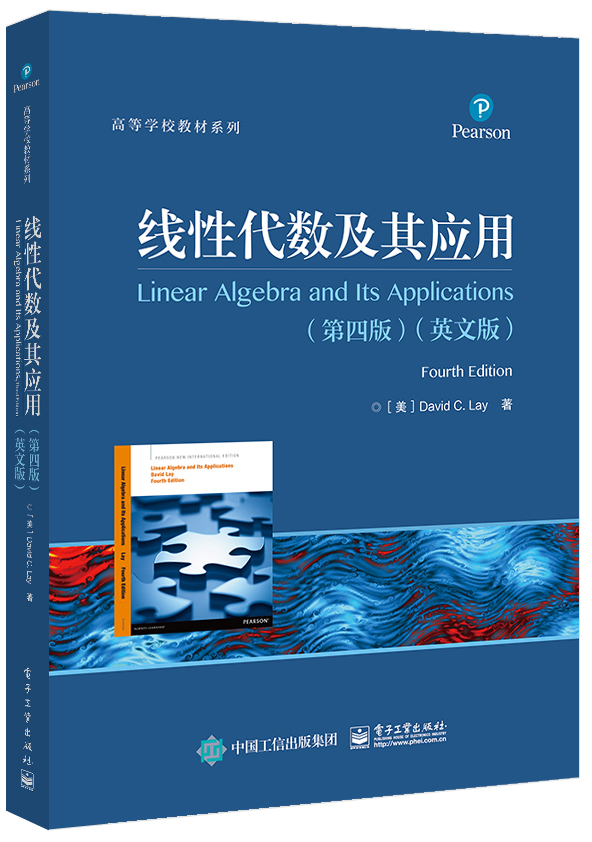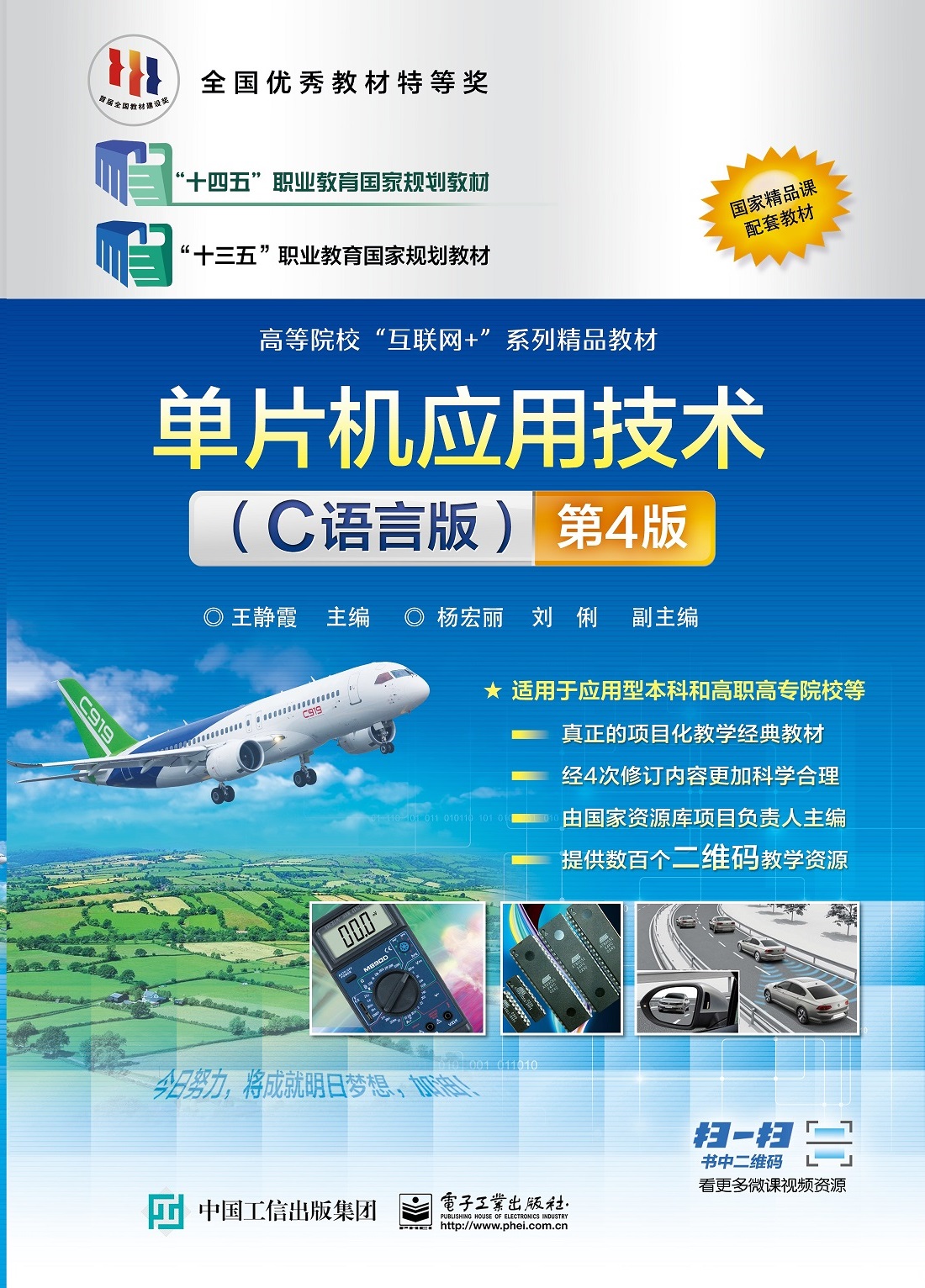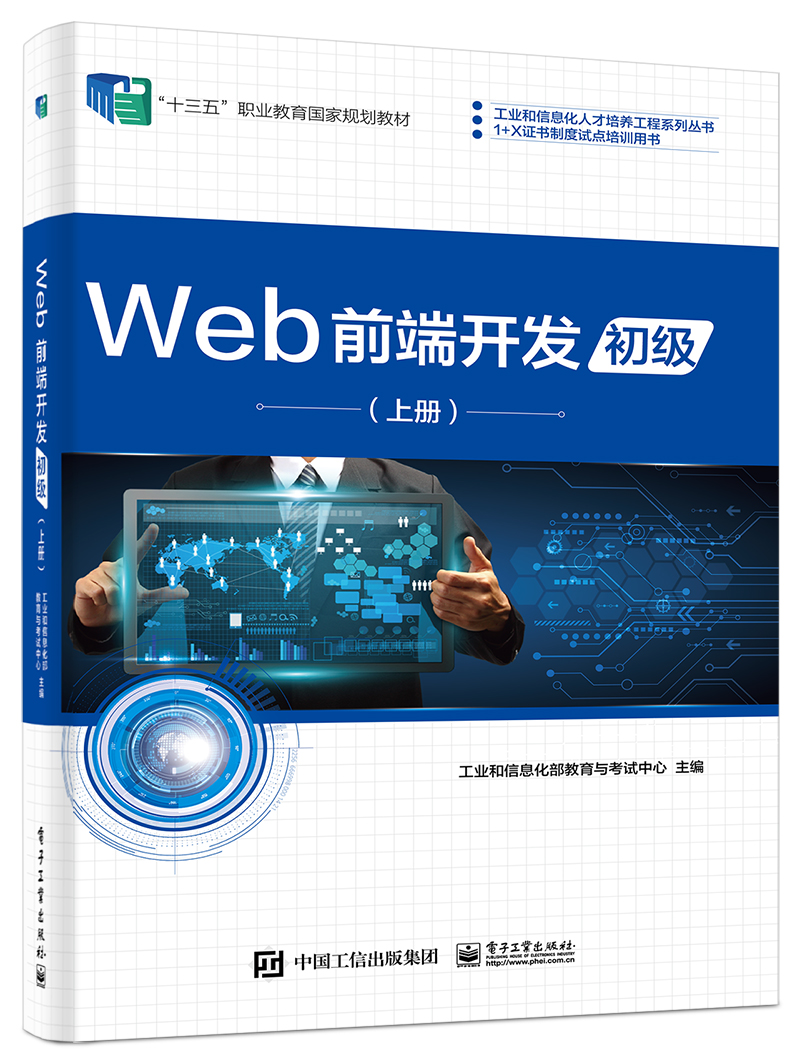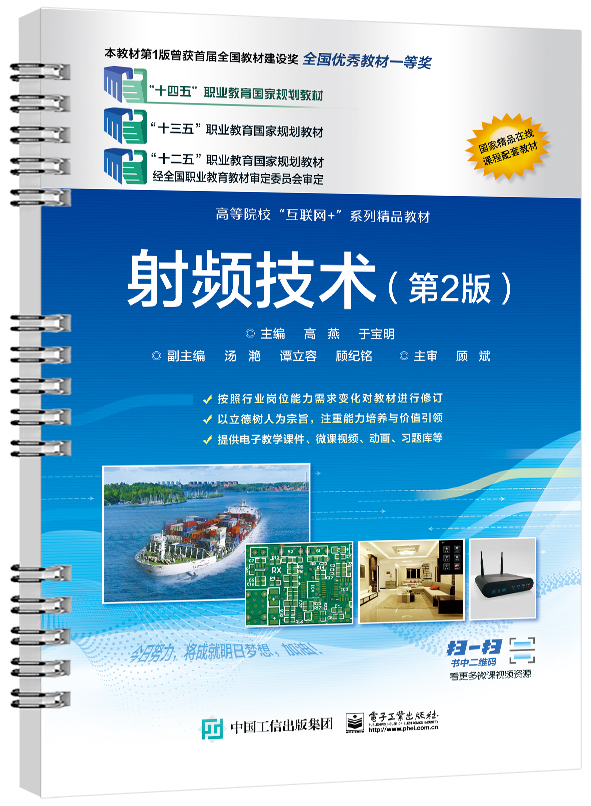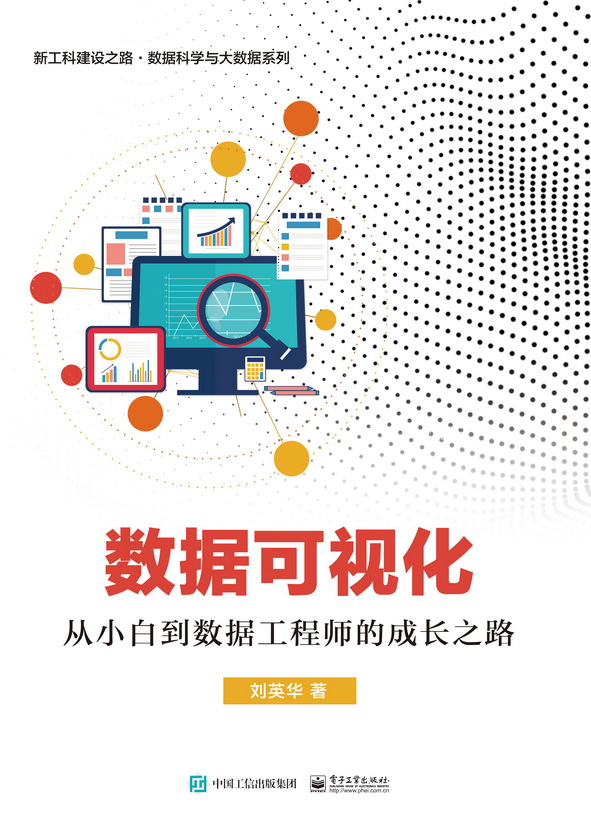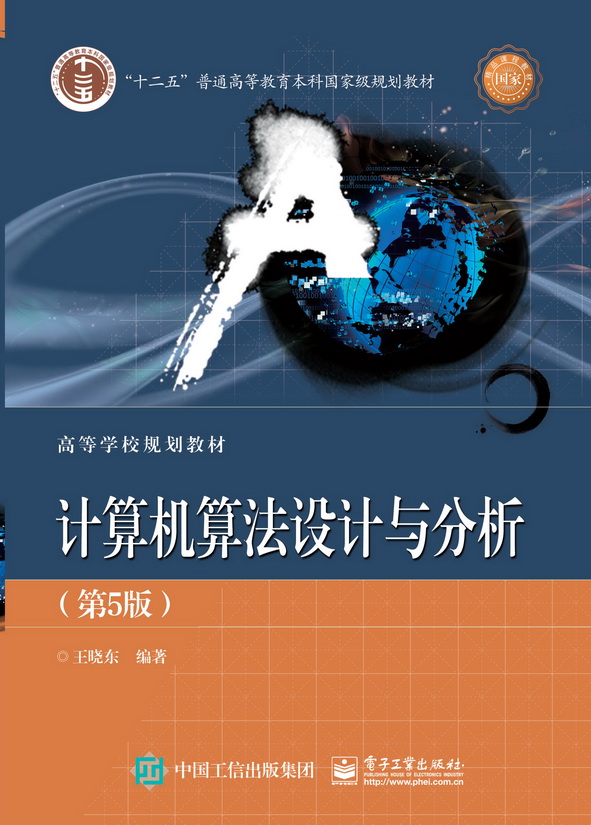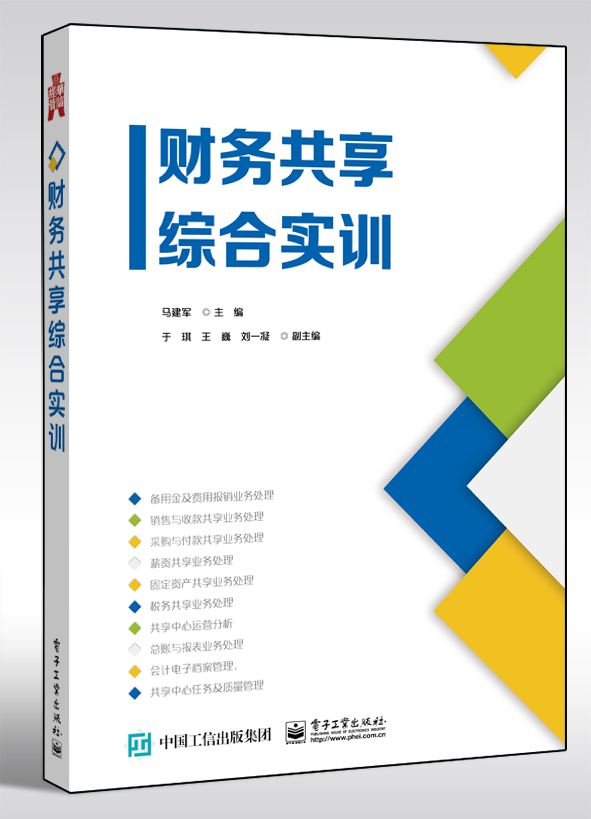线性代数及其应用(第四版)(英文版)
丛 书 名:
高等学校教材系列
作 译 者:(美)David C. Lay(戴维 C. 莱)
出 版 日 期:2018-11-01
书 代 号:G0337570
I S B N:9787121337574
图书简介:
线性代数是处理矩阵和向量空间的数学分支科学,在现代数学的各个领域中都有应用。本书正文内容包括线性方程组、矩阵代数、行列式、向量空间、特征值和特征向量、正交性和最小二乘方、对称矩阵和二次型、向量空间几何等,附录内容包括最简阶梯矩阵的唯一性、复数和各章的学习指南等。
-
配 套 资 源
-
图 书 内 容
内容简介
线性代数是处理矩阵和向量空间的数学分支科学,在现代数学的各个领域中都有应用。本书正文内容包括线性方程组、矩阵代数、行列式、向量空间、特征值和特征向量、正交性和最小二乘方、对称矩阵和二次型、向量空间几何等,附录内容包括最简阶梯矩阵的唯一性、复数和各章的学习指南等。图书详情
ISBN:9787121337574开 本:16开页 数:788字 数:1260.0本书目录
Table of Contents 1. Linear Equations in Linear Algebra 1 (线性代数中的线性方程组) 2. Matrix Algebra 99 (矩阵代数) 3. Determinants 177 (行列式) 4. Vector Spaces 205 (向量空间) 5. Eigenvalues and Eigenvectors 287 (特征值和特征向量) 6. Orthogonality and Least Squares 357 (正交性和最小二乘方) 7. Symmetric Matrices and Quadratic Forms 425 (对称矩阵和二次型) 8. The Geometry of Vector Spaces 469 (向量空间几何) Appendix: Uniqueness of the Reduced Echelon Form 531 (附录:最简阶梯矩阵的唯一性) Appendix: Complex Numbers 533 (附录:复数) Study Guide for Linear Equations in Linear Algebra 539 (线性代数中的线性方程组学习指南) Study Guide for Matrix Algebra 585 (矩阵代数学习指南) Study Guide for Determinants 629 (行列式学习指南) Study Guide for Vector Spaces 643 (向量空间学习指南) Study Guide for Eigenvalues and Eigenvectors 679 (特征值和特征向量学习指南) Study Guide for Orthogonality and Least Squares 713 (正交性和最小二乘方学习指南) Study Guide for Symmetric Matrices and Quadratic Forms 741 (对称矩阵和二次型学习指南) Study Guide for The Geometry of Vector Spaces 761 (向量空间几何学习指南) Index 779 (索引)展开前 言
Linear Models in Economics and Engineering It was late summer in 1949. Harvard Professor Wassily Leontief was carefully feeding the last of his punched cards into the university’s Mark II computer. The cards contained economic information about the U.S. economy and represented a summary of more than 250,000 pieces of information produced by the U.S. Bureau of Labor Statistics after two years of intensive work. Leontief had divided the U.S. economy into 500 “sectors,” such as the coal industry, the automotive industry, communications, and so on. For each sector, he had written a linear equation that described how the sector distributed its output to the other sectors of the economy. Because the Mark II, one of the largest computers of its day, could not handle the resulting system of 500 equations in 500 unknowns, Leontief had distilled the problem into a system of 42 equations in 42 unknowns. Mark II computer: Bettmann/Corbis; Wassily Leontief: Hulton Archive/Getty Images. Programming the Mark II computer for Leontief’s 42 equations had required several months of effort, and he was anxious to see how long the computer would take to solve the problem. The Mark II hummed and blinked for 56 hours before finally producing a solution. We will discuss the nature of this solution in Section 6. Leontief, who was awarded the 1973 Nobel Prize in Economic Science, opened the door to a new era in mathematical modeling in economics. His efforts at Harvard in 1949 marked one of the first significant uses of computers to analyze what was then a largescale mathematical model. Since that time, researchers in many other fields have employed computers to analyze mathematical models. Because of the massive amounts of data involved, the models are usually linear; that is, they are described by systems of linear equations. The importance of linear algebra for applications has risen in direct proportion to the increase in computing power, with each new generation of hardware and software triggering a demand for even greater capabilities. Computer science is thus intricately linked with linear algebra through the explosive growth of parallel processing and large-scale computations. Scientists and engineers now work on problems far more complex than even dreamed possible a few decades ago. Today, linear algebra has more potential value for students in many scientific and business fields than any other undergraduate mathematics subject! The material in this text provides the foundation for further work in many interesting areas. Here are a few possibilities; others will be described later.展开作者简介
本书暂无作者简介 -
样 章 试 读本书暂无样章试读!
-
图 书 评 价 我要评论
